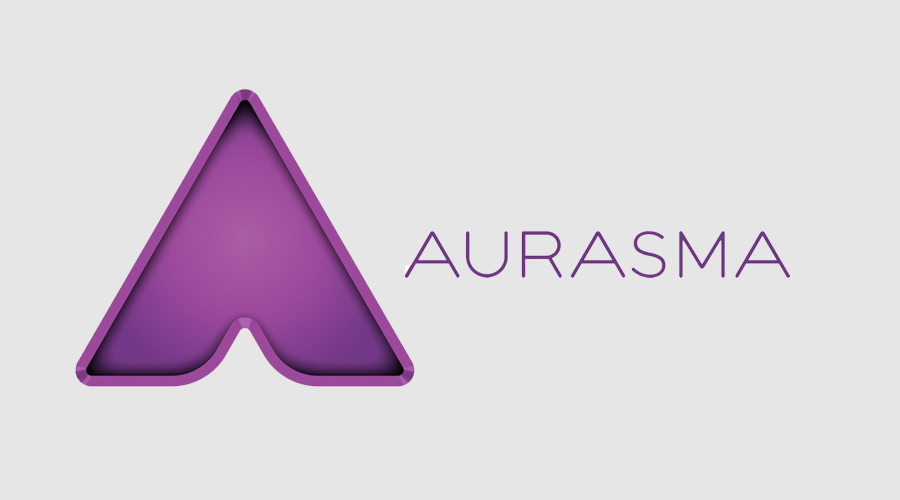SOURCE
And then I started using Aurasma, I understood how to create an Augmented Reality project and everything was clearer. The tool is not difficult at all, once you start is simplier than you expect and when you see the result you instantly understand that the possibilities of Aurasma are enormous.
But let me show you our tutorial insted of explaning now how I learned to use Aurasma because I will do it in my next entry about the World Book Day. Instead of that, I'll let you read my reflections of why Aurasma is the definite tool to work with our students and my explanation about the programme we used for the tutorial.
The first thing was to create a picture in which we wanted to have our video reproduced. As I told you in a previous post, Piktochart was the chosen tool to create it. Once we had the picture and also de video challenge, using the tool was a piece of cake. Remember you can see our video here.
Instead of explaining by myself how to use Aurasma, I would like to show you the video tutorial we have created where everything is explained with the beautiful voice of our peer, Neus. Screencast-o-matic was the tool we have used for creating it.
It is a very useful and neat tool for creating videos in which you are moving your mouse and developing the actions at the same time you are speaking. The first step you must do is to download the app of the programme and then you can work with it. The tutorial was created following all the steps that a person who has never used Aurasma need in order to create and use by themselves the tool. As I see it the explanation is clear, the steps are slow enough to allow the person to follow them and the visual support is the definitive aspect that makes everything work.
For us, as teachers, is essential to know how to create tutorials if we want to work with our students by using concrete tools. As I have said before, Aurasma is a tool full of possibilities so learning how to work with it is the first step.
My reflections about Aurasma are:
- Augmented reality is very motivating, interactive and kids love it. Besides, almost every content can be taught through a video.
- It is more suitable for older students or high-school children since most young children haven't got a mobile phone. Even that, they can do it at home with their parent's phones.
- The tool seems difficult at first, but when you create a project once it is very easy to create more. You know how to use it fast.
- Another thing to consider is that using Aurasma requires us to use another tool such as Piktochart so they can create the picture in which they are going to overlay the video.
- Aurasma will allow students to create something special, new and everything by themselves.
I hope you enjoyed our tutorial. Try Aurasma by yourselves, it is very funny!!




No hay comentarios:
Publicar un comentario